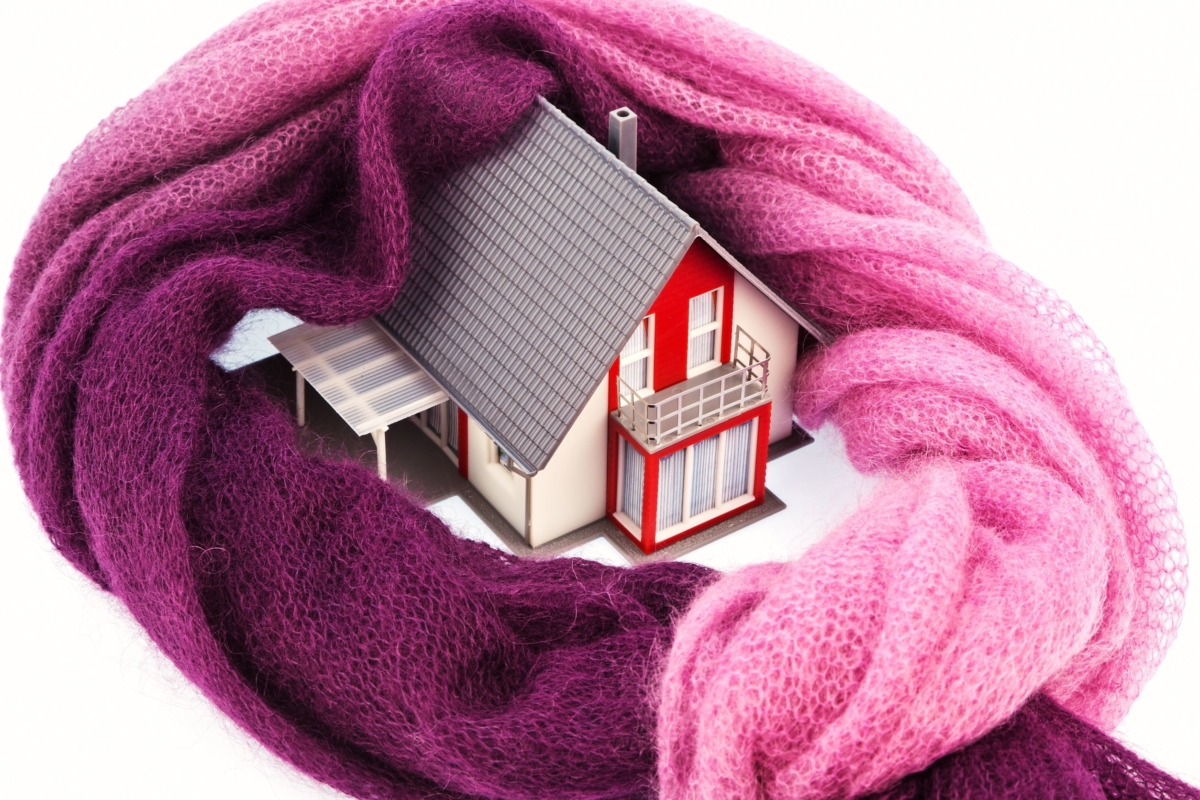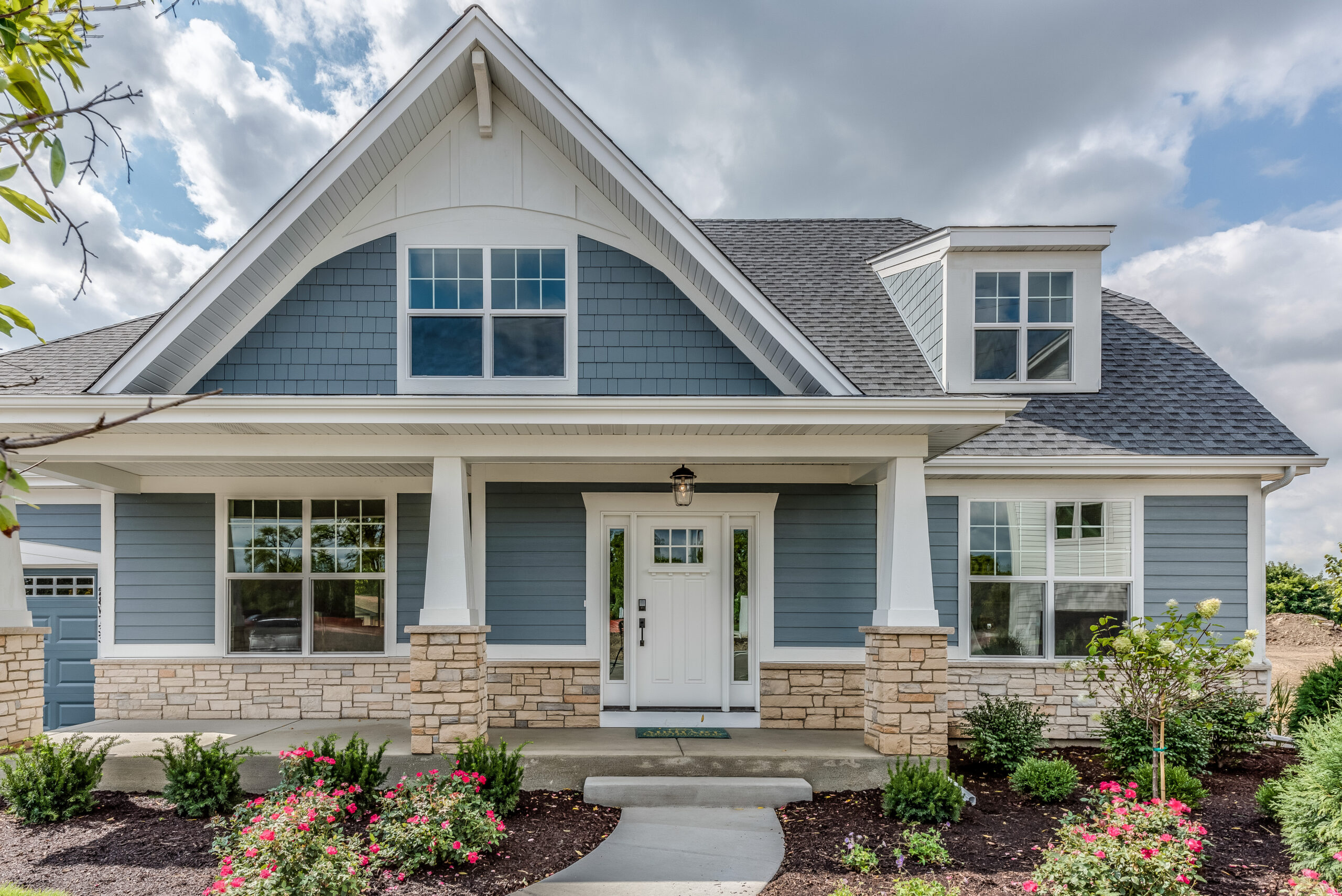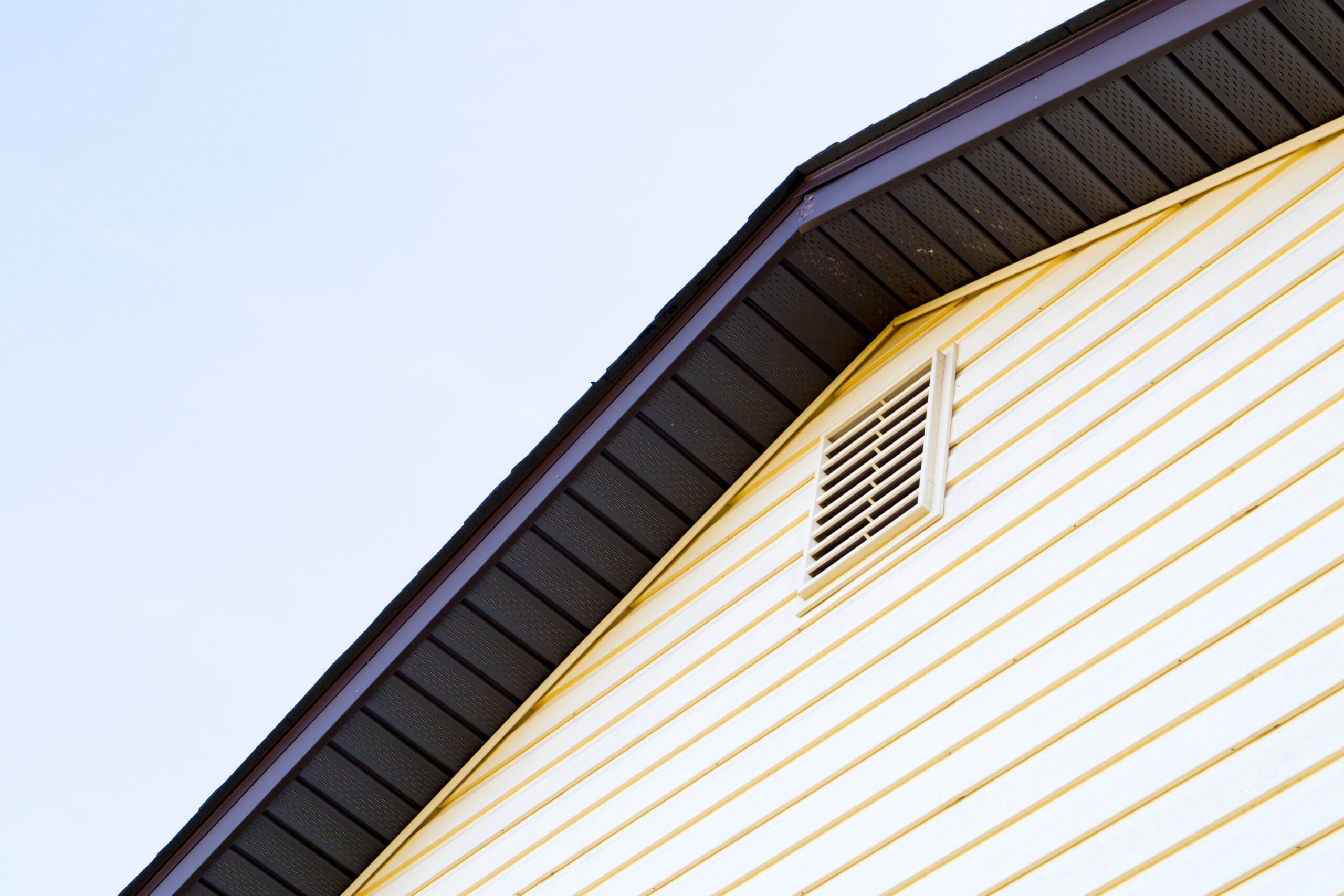One of the most expensive aspects of being a homeowner is spending money heating and cooling your home. It can sometimes be a grind and trying to find that perfect comfort level in your home. As we all know New England winters and summers can be very unpredictable.
As a homeowner you should look for every advantage to achieve this comfort level while at the same time trying to save money on our energy cost. This is especially true during the winter months, hence the large and ever growing market for winterization products. Whether it be plastic wrap around the windows, extra weather stripping, or even a door sweep or two, we have experimented and tried it all in hopes of saving energy and finding that perfect comfort level during winter. But one very important place we often forget to consider for energy savings is our crawl spaces.
As many of us know, our crawl space is a dark, damp, musty, and often times a nasty place underneath our home. It is a naturally wet and damp environment due to moisture constantly escaping out of the dirt floor or moving through our porous foundation walls. This wet, damp air in our crawl space eventually makes it’s way up into our living areas because of a process known as stack effect. As the dry, heated air rises and moves up and out of our home it is replaced by the damp, wet air from the crawl space. Wet, moist air is harder to heat and cool. This means the wet, moist air making it’s way into the living area causes our furnaces to work much harder to reach our comfort level.
Excessive moisture in the crawl space isn’t the only thing causing us to have higher energy cost during winter. Cold outside air coming into the crawl space also causes higher than needed energy cost. This cold, outside air makes it’s way into the crawl space via vents, porous foundation walls, and gaps or cracks throughout the structure of the crawl space foundation. This negative, cold air causes cold floors in the living area. And if your crawl space is like mine and contains all your homes duct work, then it puts an even bigger burden on your furnace. The heated air produced by your furnace begins to be cooled down as it travels through the duct work due to the cold air moving into the crawl space and around these ducts. Your furnace ends up working much harder to maintain right amount of heat, thus causing more energy loss.
Here are a few simple steps that you can take when it comes to the concerning the health of your crawl space that can go a long way in saving you money on energy.
1. Check moisture levels in your crawl space.
This can be done by a simple, quick inspection of your crawl space and a small moisture meter. If your unable to inspect your crawl space, call a local crawl space contractor. Many times these contractors perform inspections free of charge. If standing water is noticed than the moisture reader is probably not necessary. The moisture reader will come in handy if in fact you do not see standing water. Many crawl spaces can have very high levels of moisture in the air and not have standing water. Typically you want the moisture levels in your crawl space to be around 50% or less. To reduce standing water or high levels or moisture in your crawl space a sump pump, drainage system, new vapor barrier, or encapsulation system may be needed. In some case all of the above may be needed.
2. Insure that your crawl space vents are correct.
Opened crawl space vents during the winter months causes larger amounts of cold air to enter your crawl space. Likewise, during the summer months these open vents can cause warm, wet air to enter your crawl space. So the question becomes, “Do I close my vents year round, or open them during warmer months and close them during colder months?” And the answer is both yes and no. The best way to reduce energy loss caused by your crawl space is to seal your crawl space off completely from the outside environment. This is done with acrawl space encapsulation system. Only after a crawl space encapsulation is installed would I recommend permanently sealing your vents off. Without a crawl space encapsulation system I would recommend only sealing your vents off during the winter months. Doing so during the summer without a crawl space encapsulation system can lead to stagnant, musty, smelly air coming up into your living areas.
3. Check the insulation in your crawl space.
Also, check the insulation in your attic. Over time insulation in a crawl space can become heavy due to absorbing moisture and falling. Not only does this cause a problem with energy loss but can also lead to possible mold growth. A properly insulated crawl space and attic can greatly reduce heat loss during those cold winter months.
Your crawl space doesn’t have to keep costing you more money on energy. Taking these steps can greatly improve the health of your crawl space and living area, along with reducing your energy cost.
Making smart decisions about your home can have a big effect on your utility bills and your comfort. Start the process by scheduling a free Energy Consultation with Superior Insulation Services a division of Superior Improvements Group.






